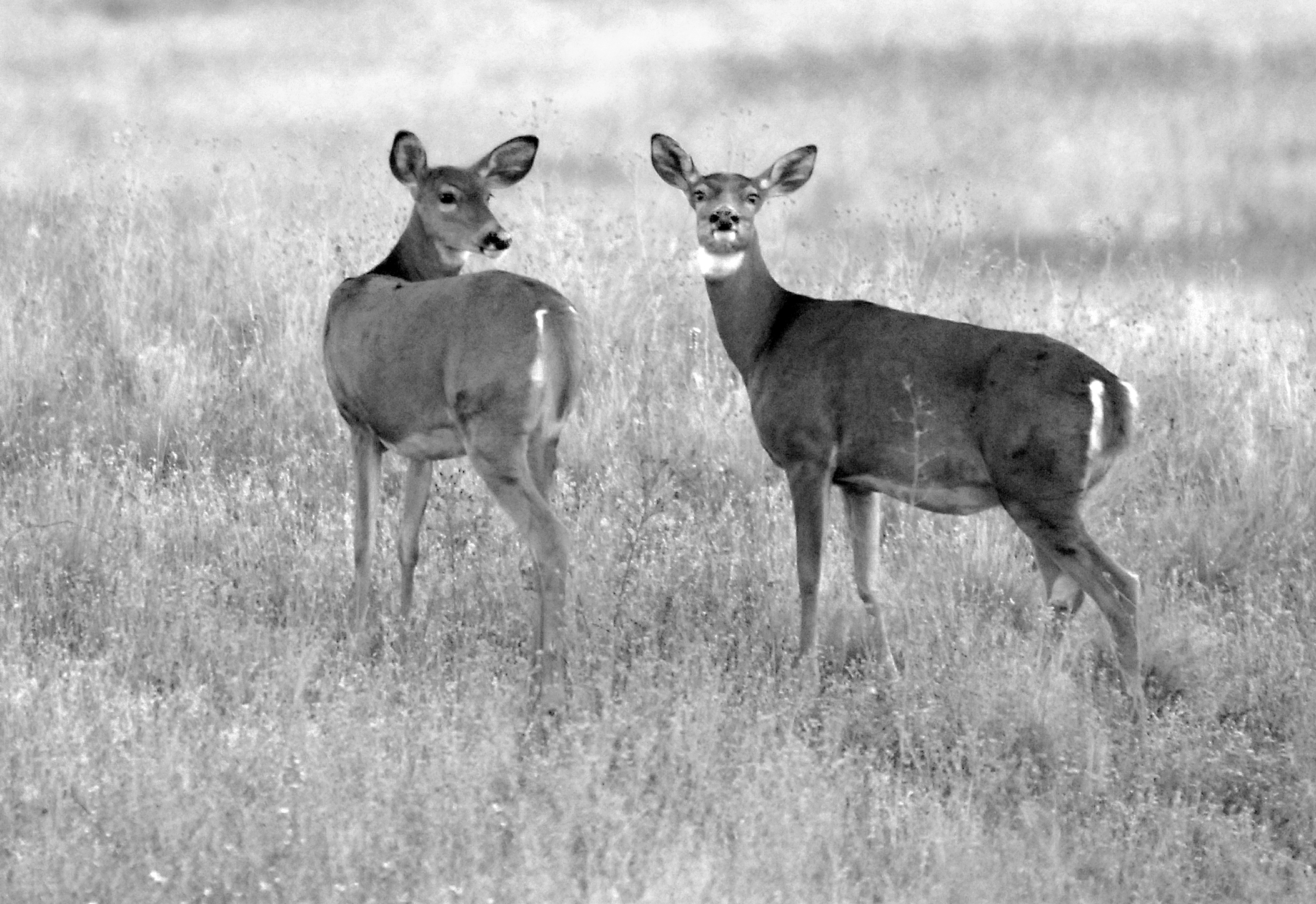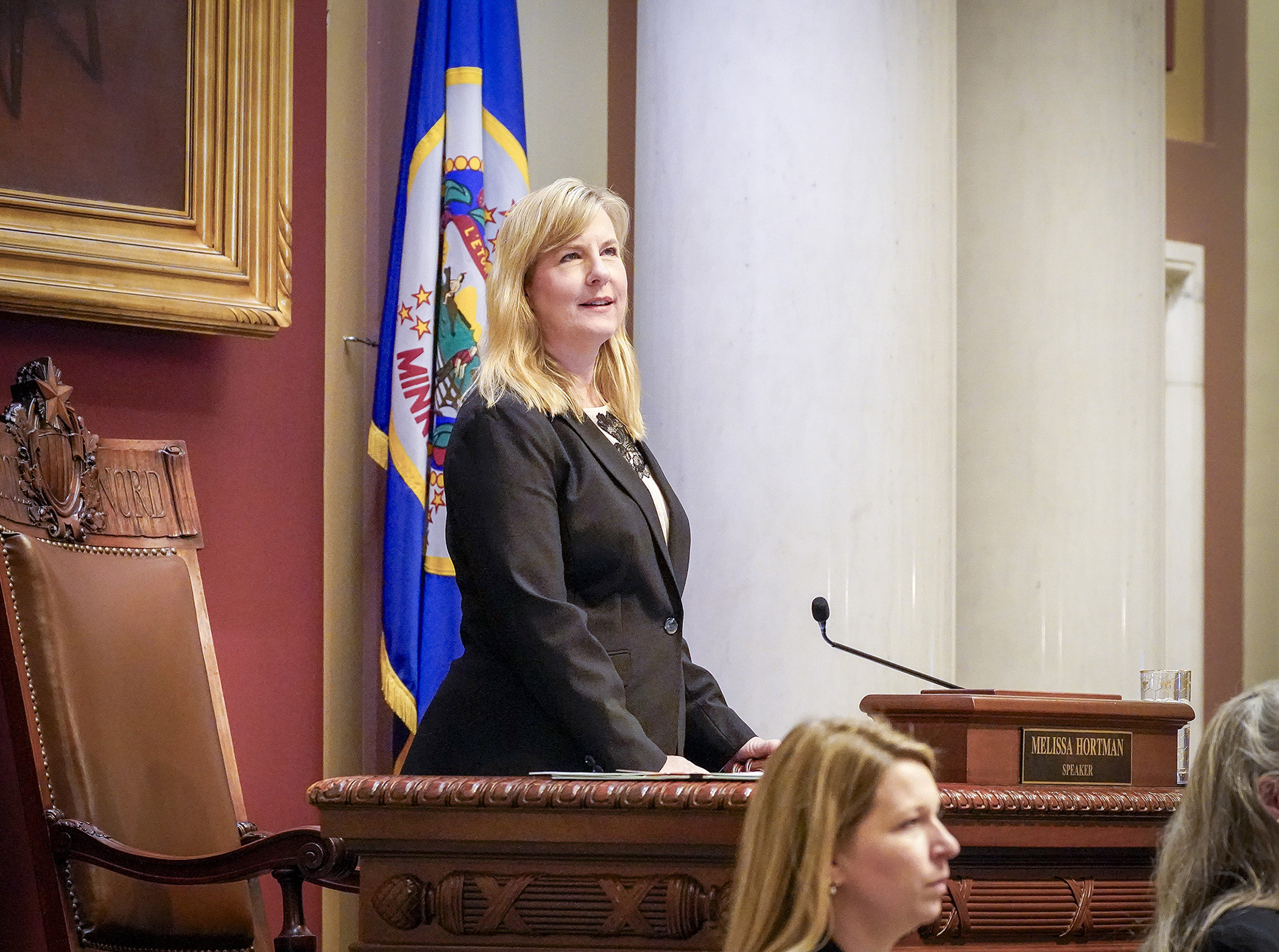Lawmakers updated on efforts to contain chronic wasting disease

Although chronic wasting disease remains rare in Minnesota, new areas of concern have been identified this year and an aggressive approach is still needed to protect the state’s deer population.
That update was part of a joint informational hearing Tuesday when members of the House Environment and Natural Resources Finance Division and the Senate Environment and Natural Resources Finance Committee learned more about where the disease is now found in Minnesota and how experts are working to contain it.
Lawmakers were told those areas at new risk for CWD are Douglas County in west-central Minnesota, Pine County, which is northeast of the Twin Cities, and Dakota County. The first two had infections on deer farms, while a wild deer with CWD was found in Dakota County.
CWD is a fatal neurological disease found in the cervid family that includes moose, elk and deer. It can spread from animal to animal or through environmental contamination of food, soil or water by an infected animal.
Michelle Carstensen, who supervises the Department of Natural Resources’ wildlife health program, said one deer with CWD was found on the Douglas County farm earlier this year and was then traced to a farm in Pine County, where five more deer subsequently tested positive for the disease. In addition, a resident near Farmington reported a wild deer this March that displayed symptoms and also tested positive.
That was the first infected deer found in Dakota County, nearly 100 miles from the state’s worst outbreak, which is concentrated around Preston in southeastern Minnesota.
“We really haven’t done a lot of surveillance in this south metro area for quite some time,” Carstensen said. “So this is not only a new detection in the wild, but without good historical information [we don’t know] how long this might have been here, where it came from and really how large of a problem we might be dealing with.”
New CWD surveillance areas have been created this year around the three locations and will continue for at least three years, which is the incubation period of the disease. Work in Dakota County will include collection of 150 samples to try and determine how widespread the disease has become there.
Carstensen said other changes to the state’s CWD efforts in 2020 will include:
- voluntary CWD sampling this fall to help maintain social distancing;
- allowing hunters in surveillance areas to make appointments for sample extraction if they can’t use the self-service system;
- partnering with more than 50 taxidermists and meat processors to collect samples;
- keeping carcass movement restrictions in place for all disease management and control zones; and
- completing sample extraction and data entry at DNR buildings using staff and university students.
Rep. Rick Hansen (DFL-South St. Paul), chair of the House environment finance division, expects the number of hunters in Minnesota to grow in coming months as more people take part outdoor activities due to the pandemic. But as that happens it will be even more important to educate the public about CWD and the threat it poses.
“As our eye is on the ball at the capitol with COVID-19, we cannot ignore that CWD is continuing to spread,” Hansen said. “… This is a serious problem and it continues to vex not only Minnesota but other states and around the country.”
Related Articles
Search Session Daily
Advanced Search OptionsPriority Dailies
Demuth named Republican speaker-designate
By HPIS Staff Current House Minority Leader Lisa Demuth (R-Cold Spring) is officially the Republican speaker-designate charged with working with DFL counterparts to get the House organized fo...
Current House Minority Leader Lisa Demuth (R-Cold Spring) is officially the Republican speaker-designate charged with working with DFL counterparts to get the House organized fo...
House DFL selects Hortman as speaker-designate
By Jonathan Mohr House DFLers have again chosen current House Speaker Melissa Hortman (DFL-Brooklyn Park) to lead their caucus amid uncertainty in the aftermath of Tuesday’s election that may ha...
House DFLers have again chosen current House Speaker Melissa Hortman (DFL-Brooklyn Park) to lead their caucus amid uncertainty in the aftermath of Tuesday’s election that may ha...